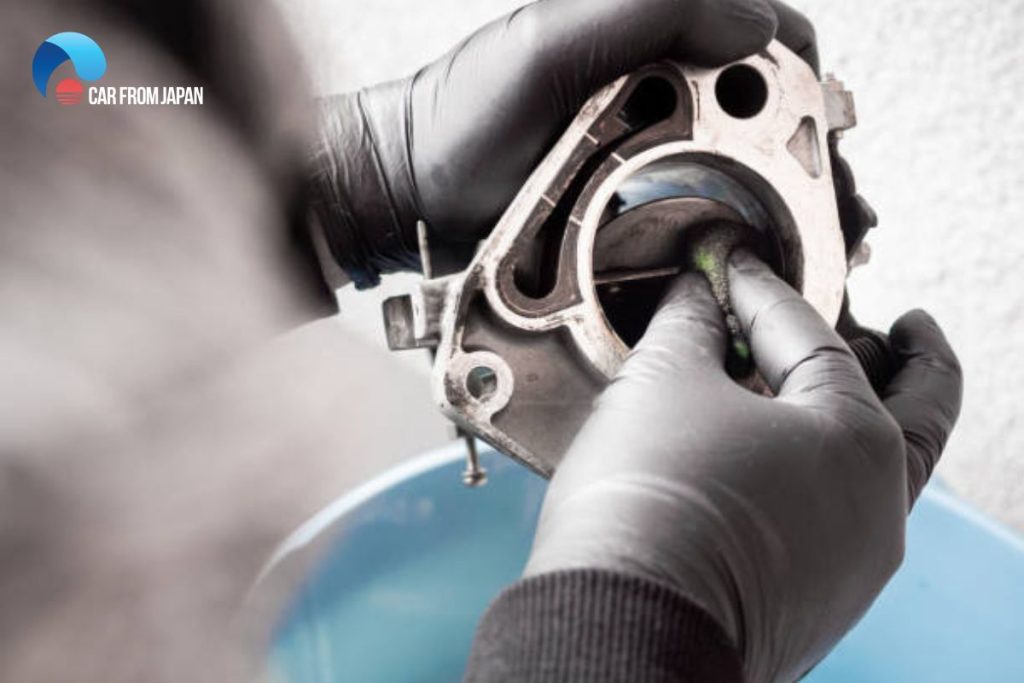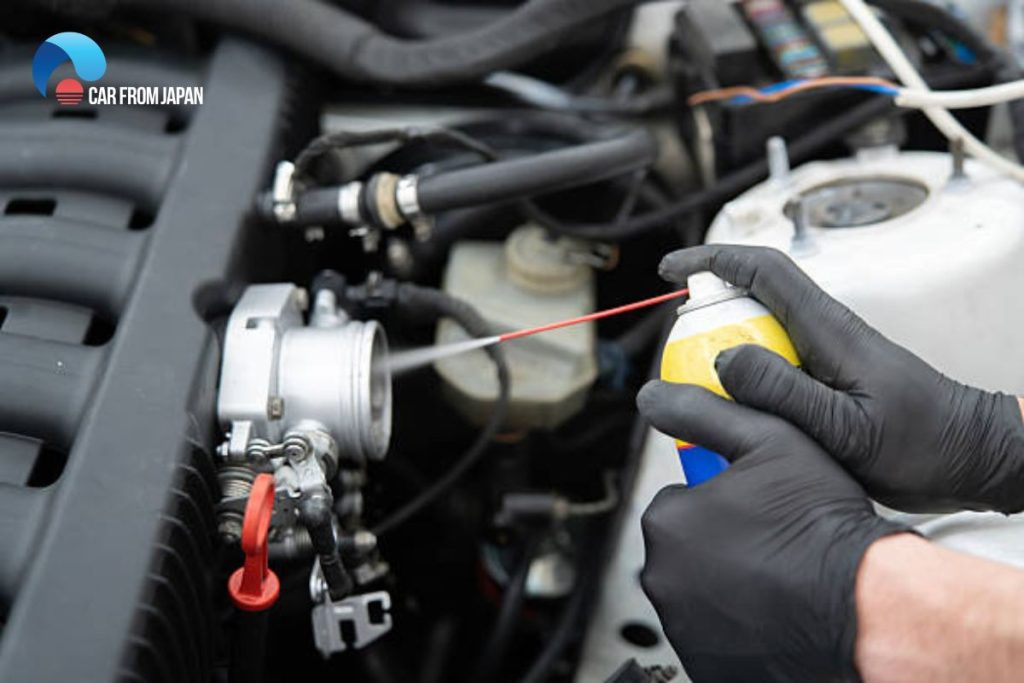A clean throttle body is the key to a smooth-running engine, and once you notice signs like a rough idle or stalling, it’s time for a cleaning. But what should you actually pay? Since this is a simple job, the cost is mainly labor. We’ll walk you through the real clean throttle body cost, the hidden fees you should watch out for, and how to save big money on this essential engine maintenance.
Contents
Clean Throttle Body Cost: How Much Should You Expect?
Getting a clean throttle body service can vary in cost depending on where you live, the complexity of your car, and the mechanic’s rates.
Labor is typically the biggest expense, ranging from $50 to $375, depending on how easy it is to reach the throttle body. Location plays a role, too, with urban areas generally costing more.
Even the car itself matters, as some models have trickier-to-access parts that take longer to clean. You might also need a new gasket, which adds around $10 to $20.
Overall, expect to pay anywhere from $75 for a basic cleaning in a low-cost area to $400 for a heavily soiled throttle body cleaner price.
If you’re handy and comfortable working on your car, there are online tutorials that can help you tackle the cleaning yourself, potentially saving you a significant amount of money. The table below will give details about all the breakdown costs of DIY throttle body cleaning:

| Item | Estimated cost | Notes |
| Throttle body cleaner | $10 – $20 | Must be specifically labeled for “Throttle Body” (not “Carburetor” cleaner, which can damage plastic sensors) |
| New throttle body gasket | $5 – $15 | Necessary only if you fully remove the throttle body for a deep clean. |
| Cleaning tools | $0 – $10 | Rags, soft-bristle toothbrush, safety glasses, and gloves. |
| Total expected cost | $15 – $45 | An easy way to save hundreds of dollars. |
The final price on your invoice is rarely just the cost of cleaning. Be aware of these price multipliers:
- The ECU relearn fee
Even if the cleaning itself is a quick job, the ECU relearn procedure on its own can cost anywhere from $50 to $150. This fee covers the mechanic’s time and the use of their expensive diagnostic scanner tool required to reset your car’s computer.
- The full removal vs. Spray clean
Spray clean (Cheaper): The mechanic removes the intake tube, sprays the cleaner, and wipes the exposed side of the throttle plate. This is faster and cheaper, but less thorough.
Full removal (more expensive): The mechanic removes the entire throttle body, replaces the gasket, and cleans both the front and back of the plate, as well as the throttle body bore. This ensures a deep clean, but significantly increases labor time and parts cost (specifically the gasket). If your throttle body is heavily soiled, this is the better, albeit pricier, option.
How Is A Throttle Body Cleaned? Can You DIY?
Cleaning a throttle body can be a budget-friendly way to improve your car’s performance, but it requires some mechanical finesse.
Before diving in, gather your supplies: throttle body cleaner, rags or paper towels, a small brush (like an old toothbrush), a flat-head screwdriver (potentially), and a torque wrench (depending on your car).

Locate the throttle body
It’s typically a cylindrical component with a butterfly valve inside, found near the large hose connecting the air filter to the engine.
Disconnect and remove
Carefully detach any hoses or air intake components that block access, following your car’s manual. You might need the screwdriver to loosen the hose clamps. Remember how everything connects for reassembly!
Cleaning Time
Don’t spray cleaner directly into the throttle body! Instead, target the grime buildup in the air duct opening. The cleaner can be harsh, so avoid the butterfly valve and electrical components.
Scrub and wipe
Use the small brush to gently scrub the throttle body’s interior, focusing on grimy areas. Wipe away loosened dirt and cleaner residue with clean rags or paper towels. Repeat until the metal surfaces appear clean
Some cars with electronic throttle bodies might require holding the gas pedal down while cleaning to keep the valve open. Refer to your manual or online tutorials for specific instructions on your car’s make and model.
Putting it back together
Ensure all visible grime is removed before reassembly. A flashlight helps inspect hard-to-reach areas. When reattaching components, be careful not to over-tighten anything, as this can damage parts or create leaks.
Let it rest
After reassembly, allow the throttle body cleaner to dry completely (usually around 5 minutes) before starting the engine.
FAQs on Clean Throttle Body
How often should I clean my throttle body?
The frequency of throttle body cleaning depends on driving conditions and vehicle usage. As a general guideline, consider cleaning it every 30,000 to 50,000 miles or if you notice symptoms like rough idling or reduced engine performance.
Can I clean the throttle body myself, or should I have it done professionally?
Cleaning the throttle body can be done as a DIY project for those with mechanical experience. However, professional cleaning ensures thorough removal of deposits and proper reassembly.
It’s recommended to consult a mechanic for precise cleaning, especially for complex throttle body designs.
What is the average cost of professional throttle body cleaning?
The cost of throttle body cleaning varies depending on the vehicle make and model, the extent of carbon buildup, and labor rates.
On average, expect to pay between $75 to $150 for throttle body cleaning at a dealership or independent repair shop.
Can throttle body cleaning solve other engine issues?
While throttle body cleaning can address some performance issues caused by carbon buildup, it may not resolve underlying mechanical issues like faulty sensors or worn components.
If you continue to experience drivability problems after cleaning the throttle body, further diagnostics may be necessary.
Check out this video from to learn some notices on cleaning throttle body!
Cleaning and being aware of the clean throttle body cost is a critical aspect of maintaining engine health and performance.
By addressing carbon buildup and ensuring smooth airflow, throttle body cleaning contributes to a smoother driving experience and prolongs the life of engine components.



